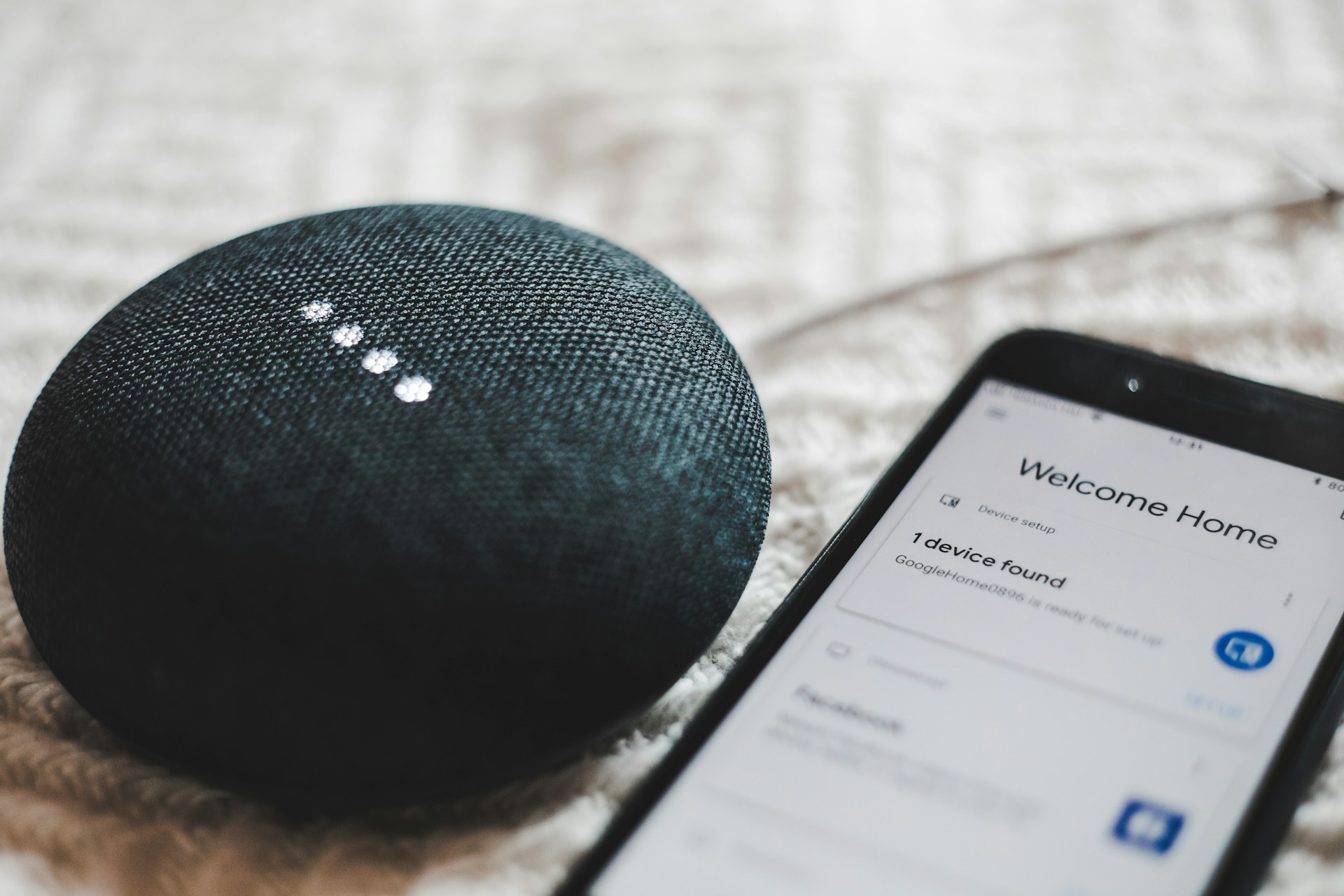
Rise of the Machines? Smart Home Pros and Cons
We are reader-supported. When you buy through links on our site, we may earn affiliate commission.
Technology has significantly advanced in recent years, from artificial intelligence to smart devices. The latter has proven especially important to households eager to optimize their spaces for comfort and efficiency. However, people must consider the smart home pros and cons before configuring their houses for automation.
There are thousands of smart home devices to choose from, while some companies upgrade your home in a packaged deal. But even though everyone seems to have some smart technology, is it worth it? Here’s an overview of how connected living has become so prevalent, plus the pros and cons to mull over.
Connected Living on an Upward Trend
In today’s residential sector, finding a home without at least one smart device is challenging. In recent years, voice assistants — for instance, Amazon’s Alexa — have taken homes by storm. Nearly 32% of American households had smart home technology in 2020. At the time, experts predicted the market would grow 57% by 2025.
Smart televisions, speakers, lighting, security cameras, and video doorbells are among the most popular devices. Yet many homeowners enjoy other automated technologies, such as thermostats, smart plugs, appliances, and heating and cooling systems.
The COVID-19 pandemic led to 41% of people purchasing smart home devices meant to assist with family schedules, work productivity, socializing, education and fitness. Men were likelier to buy a smart doorbell or television, while women opted for speakers.
As new technology enters the market, more consumers will integrate it into their homes. Many have already chosen to automate their entire household for digital efficiency and improved quality of life.
10 Smart Home Pros and Cons
Building a smart home from the ground up is an exciting endeavor to improve your quality of life, help you save money, and reduce your carbon footprint. However, weighing the smart home pros and cons is essential before automating each room and feature. Here are 10 things to consider when filling your home with innovative technology.
1. Convenience and Comfort
According to a Deloitte survey, 85% of people prioritize specific smart home functions to meet their needs. Another 30% call smart home devices indispensable to their lifestyles. It’s nice to come home after a long workday and unwind in a comfortable space. A smart home ensures an environment that adheres to your preferences, from light dimness to temperature control.
2. Enhanced Home Security
Among all the smart home pros and cons, nothing gives you greater peace of mind than enhanced home security. Smart security systems allow you control over your locks and cameras without being home. Did someone forget their house keys? Simply push a button to let them in. Real-time video surveillance will also deter potential intruders and notify you if it detects suspicious or unauthorized activity on your property.
3. Improved Energy Efficiency
Households produce 20% of greenhouse gas emissions in the United States, with heating, ventilation and air conditioning being the biggest culprit. Fortunately, smart home technologies help reduce energy use and expenditures.
For example, smart thermostats operate on low-power standby when inactive, providing insights into its use for enabling its energy-saving features. Additionally, geofencing ensures your thermostat turns on automatically to your preferred settings when you are on the way home.
4. Lower Environmental Impact
Energy savings are great for savings on your electricity bill, but lower energy consumption is also beneficial for the planet. Smart home automation — from smart outlets to lights to meters — can measure and offset appliance outputs to reduce your carbon footprint. Some devices might also have water-saving features, such as a smart water heater or sprinkler system.
5. Remote Control and Monitoring
Are you worried you forgot to turn off an appliance before leaving for the office? Perhaps you want to give the impression that someone’s home while you’re on vacation. Smart technology allows you to monitor and control your devices from a smartphone wherever you are. This means you can turn the lights on or off in the evening while sitting on a beach. You can also adjust your temperature settings to prevent your pipes from bursting in a sudden snowstorm.
6. Higher Home Value
Among the most appealing features to homebuyers is automation. If sellers install the right devices, they can boost their home value by 3%–5%, meaning a $400,000 home could list for $12,000–$20,000 more with smart technology.
7. Costly Investment
Integrating two or three smart devices in your home is one thing. However, if you’re looking to install a complete smart home, you should plan to invest. For example, a customizable Google smart home ranges from $30 to $3,000, depending on how comprehensive of an ecosystem you build. Otherwise, you might spend between $250 to over $10,000, depending on whether you do it yourself or hire a brand specialist to wire your home.
8. Heightened Privacy Concerns
Many people worry about privacy and security despite how widespread these smart technologies have become. According to one survey, participants were concerned whether their devices were vulnerable to hacking and surveillance of young children in the home. Older adults were also worried they couldn’t address security issues with the devices as they arose.
9. Reliance on Technology
A smart home is convenient, but what happens during a power outage? Smart devices rely on running electricity to work correctly. If the internet ever falters, your smart home won’t function for you. This is why it’s crucial to have a backup power source to avoid operational disruptions during blackouts.
10. Complex Set-Ups
Although innovative technology comes with instructions, they’re not always clear. Setting up a smart home could be difficult for older adults, especially. The process often involves installation, configuration and integration with other smart home devices, which may overwhelm even the most tech-savvy users. In this instance, installing a handful of devices may be better than optimizing the entire house.
A Smart Home Is a Comfortable Home
A smart home only aims to improve your life by increasing convenience and building upon your home’s comfort. These technologies will only develop over time, providing new opportunities to automate and live connectedly.
Share on
Like what you read? Join other Environment.co readers!
Get the latest updates on our planet by subscribing to the Environment.co newsletter!
About the author

Jane Marsh
Starting from an early age, Jane Marsh loved all animals and became a budding environmentalist. Now, Jane works as the Editor-in-Chief of Environment.co where she covers topics related to climate policy, renewable energy, the food industry, and more.





